When it comes to designing your dining room, one of the most important factors to consider is the size of the room. A dining room that is too small can feel cramped and uncomfortable, while a dining room that is too big can feel empty and underutilized. So how do you choose the right size for your dining room? In this guide, we'll walk you through everything you need to know about dining room dimensions and how to choose the perfect size for your space. Dining Room Dimensions: How to Choose the Right Size
The first step in choosing the right size for your dining room is to understand the dimensions that you have to work with. The standard dining room size is typically around 10 feet by 12 feet, but this can vary depending on the layout of your home. If you have a larger home, you may have a bigger dining room, while smaller homes may have a smaller dining room. It's important to measure your dining room and take note of any architectural features, such as windows, doors, and built-in furniture, that may impact the available space. You should also consider the flow of traffic in and out of the room, as well as the space needed for people to comfortably move around the table and chairs. Dining Room Size and Dimensions Guide
Once you have a good understanding of the dimensions of your dining room, it's time to start thinking about the design of the space. The size of your dining room will determine the type and size of furniture you can have, as well as the overall layout of the room. For smaller dining rooms, it's best to stick with a round or square table, as these shapes take up less space and allow for easier movement around the room. If you have a larger dining room, you can consider a rectangular or oval table, which can accommodate more guests and provide a more formal dining experience. Dining Room Design Guide: How to Choose the Perfect Size
The layout of your dining room is just as important as the size when it comes to creating a functional and inviting space. The placement of your table and chairs should allow for easy access and movement, while also leaving enough room for other furniture pieces, such as a buffet or bar cart. If your dining room is on the smaller side, consider using a banquette or built-in seating to save space. This can also create a cozy and intimate atmosphere for smaller gatherings. In larger dining rooms, you can play around with different seating arrangements, such as having a mix of chairs and benches, or even adding a statement chandelier above the table. Dining Room Size and Layout Guide
When choosing the size for your dining room, keep in mind that the room should feel proportional and balanced. A good rule of thumb is to leave at least 36 inches of space between the edge of the table and the wall or other furniture to allow for comfortable seating and movement. It's also important to consider the number of people you typically entertain in your dining room. If you regularly host large dinners or parties, it may be worth sacrificing some space in other areas of your home to have a larger dining room. On the other hand, if you only use your dining room for intimate gatherings, a smaller dining room may suffice. Dining Room Dimensions: Tips for Choosing the Right Size
The size and layout of your dining room will also determine the size and type of furniture you can have in the space. In addition to the dining table and chairs, you may also want to include a buffet, sideboard, or bar cart for storage and serving purposes. When choosing furniture for a smaller dining room, look for pieces that are multifunctional and can be easily tucked away when not in use. For example, a bar cart can double as a side table or storage unit, while a bench can provide extra seating and also be pushed under the table when not needed. Dining Room Size and Furniture Guide
The number of people you want to accommodate in your dining room will also determine the size and type of seating you need. For smaller dining rooms, consider using a bench on one side of the table to save space and allow for more flexibility in seating arrangements. In larger dining rooms, you can mix and match different types of chairs for a more eclectic and personalized look. You can also consider using different styles of chairs at the head of the table for a more formal and curated feel. Dining Room Size and Seating Guide
The size of your dining table is perhaps the most important factor to consider when it comes to dining room dimensions. As mentioned earlier, the shape and size of your table will largely depend on the size of your dining room and the number of people you want to accommodate. For smaller dining rooms, a round or square table that seats 4-6 people is usually a good option. In larger dining rooms, a rectangular or oval table that seats 8-10 people may be more suitable. However, if you have a large family or frequently entertain, you may want to consider a larger table or even a extendable table to accommodate more guests. Dining Room Size and Table Guide
The right lighting can make all the difference in a dining room, and the size of the room should also be taken into consideration when choosing lighting options. A small dining room may only need a single pendant light above the table, while a larger dining room may benefit from multiple light sources, such as a chandelier, sconces, and table lamps. It's important to also consider the height of the ceiling when choosing lighting. A lower ceiling may require a flush-mount or semi-flush mount fixture, while a higher ceiling can accommodate a larger chandelier or pendant light. Dining Room Size and Lighting Guide
Adding a rug to your dining room can help define the space and add warmth and texture to the room. When it comes to choosing a rug, the size of your dining room will once again play a role in your decision. For a smaller dining room, choose a rug that is slightly larger than your dining table to create a cohesive look. In larger dining rooms, you can opt for a larger rug that extends beyond the edges of the table and chairs, which can help anchor the space and tie everything together. Dining Room Size and Rug Guide
How to Maximize Space in Your Dining Room with Proper Dimensions
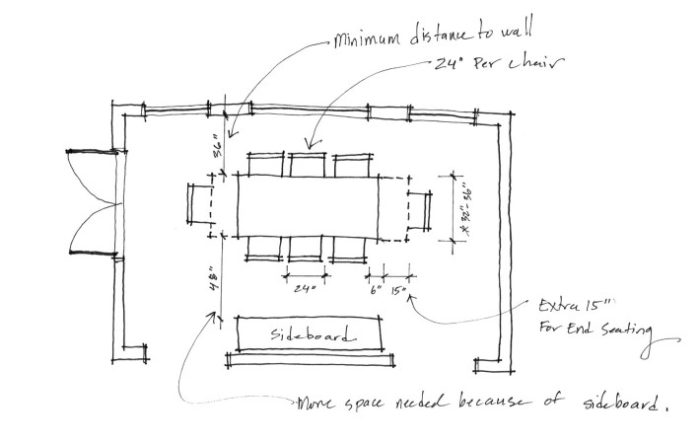
Creating the Perfect Dining Room
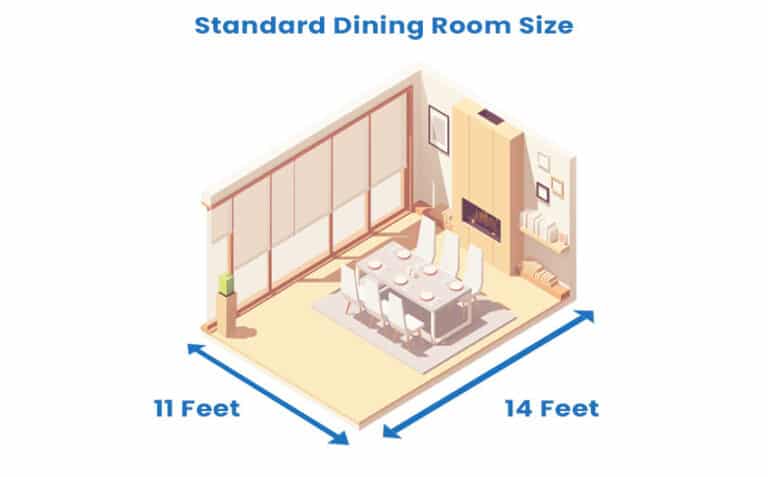 When it comes to designing your home, the dining room is often a space that is overlooked or not given enough consideration. However, the dining room is more than just a place to eat – it is a space for gathering, entertaining, and creating memories with loved ones. That's why it's important to make sure your dining room is both functional and visually appealing. One key factor in achieving this is by following proper dining room dimensions.
Dining room dimensions
play a crucial role in creating a comfortable and functional space. Not only do they determine the size and layout of your dining room, but they also play a role in the furniture and decor choices you make. By understanding the
optimal dining room dimensions
, you can make the most out of your space and create a dining room that is both inviting and practical.
When it comes to designing your home, the dining room is often a space that is overlooked or not given enough consideration. However, the dining room is more than just a place to eat – it is a space for gathering, entertaining, and creating memories with loved ones. That's why it's important to make sure your dining room is both functional and visually appealing. One key factor in achieving this is by following proper dining room dimensions.
Dining room dimensions
play a crucial role in creating a comfortable and functional space. Not only do they determine the size and layout of your dining room, but they also play a role in the furniture and decor choices you make. By understanding the
optimal dining room dimensions
, you can make the most out of your space and create a dining room that is both inviting and practical.
Factors to Consider
 Before diving into the specific
dining room dimensions
, it's important to consider a few factors that may affect the size and layout of your dining room. First, think about the size of your family or household and how many people will typically be using the space. This will help determine how many seats you will need at your dining table and how much space you will need between each seat.
Another important factor is the shape of your dining room. Is it a square, rectangle, or an irregular shape? This will impact the placement of furniture and how much space you have to work with. Additionally, take into consideration any other features in the room, such as windows, doors, and built-in features, as these will also affect the dimensions of your dining room.
Before diving into the specific
dining room dimensions
, it's important to consider a few factors that may affect the size and layout of your dining room. First, think about the size of your family or household and how many people will typically be using the space. This will help determine how many seats you will need at your dining table and how much space you will need between each seat.
Another important factor is the shape of your dining room. Is it a square, rectangle, or an irregular shape? This will impact the placement of furniture and how much space you have to work with. Additionally, take into consideration any other features in the room, such as windows, doors, and built-in features, as these will also affect the dimensions of your dining room.
Standard Dimensions
 The
standard dining room dimensions
vary, but typically, the minimum amount of space needed for a dining room is around 10 feet by 12 feet. This allows for a dining table and chairs, as well as enough space for people to comfortably move around the table. For larger families or those who frequently entertain guests, a dining room that is 12 feet by 14 feet is recommended.
When it comes to the dining table itself, the standard width is around 36 inches, with a length of 6 feet accommodating up to 6 people. If you have a larger family or regularly host dinner parties, you may want to opt for a table that is 8 feet long, which can comfortably seat 8 people. Keep in mind that you will need to leave at least 24 inches of space between the table and any walls or furniture, to allow for people to easily move around the space.
The
standard dining room dimensions
vary, but typically, the minimum amount of space needed for a dining room is around 10 feet by 12 feet. This allows for a dining table and chairs, as well as enough space for people to comfortably move around the table. For larger families or those who frequently entertain guests, a dining room that is 12 feet by 14 feet is recommended.
When it comes to the dining table itself, the standard width is around 36 inches, with a length of 6 feet accommodating up to 6 people. If you have a larger family or regularly host dinner parties, you may want to opt for a table that is 8 feet long, which can comfortably seat 8 people. Keep in mind that you will need to leave at least 24 inches of space between the table and any walls or furniture, to allow for people to easily move around the space.
Customization is Key
 While it's important to have a general understanding of the
optimal dining room dimensions
, it's also important to remember that every home is unique and may require custom dimensions. If you have a smaller or irregularly shaped dining room, it's best to take measurements and consult with a professional designer to determine the best layout and dimensions for your space.
In conclusion, the dining room is an important space in any home and should not be overlooked when it comes to design. By understanding the
proper dining room dimensions
, you can create a functional and inviting space that will be enjoyed by all. Remember to consider the size of your family, the shape of your room, and any customizations that may be necessary to make the most out of your dining room.
While it's important to have a general understanding of the
optimal dining room dimensions
, it's also important to remember that every home is unique and may require custom dimensions. If you have a smaller or irregularly shaped dining room, it's best to take measurements and consult with a professional designer to determine the best layout and dimensions for your space.
In conclusion, the dining room is an important space in any home and should not be overlooked when it comes to design. By understanding the
proper dining room dimensions
, you can create a functional and inviting space that will be enjoyed by all. Remember to consider the size of your family, the shape of your room, and any customizations that may be necessary to make the most out of your dining room.

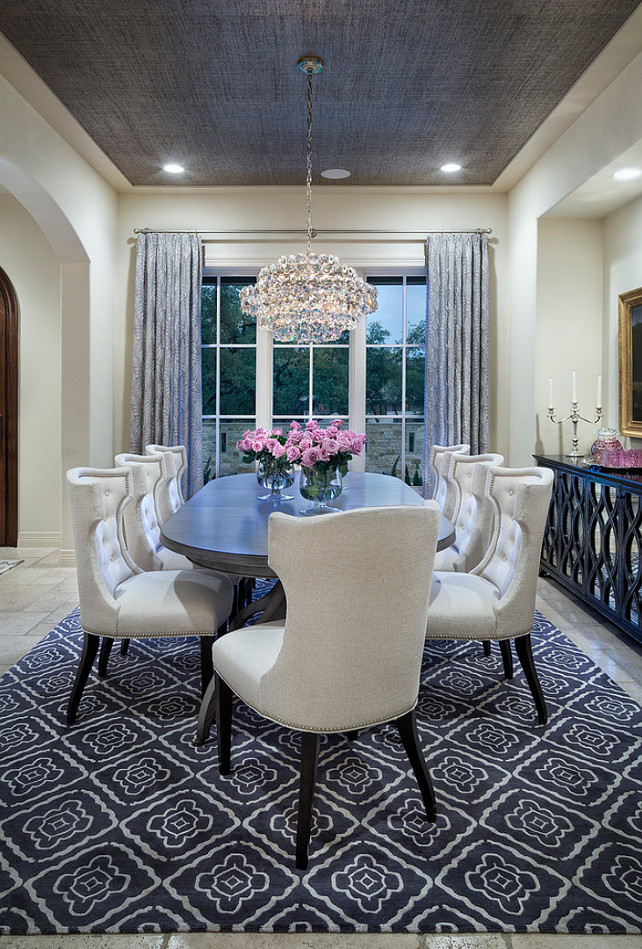








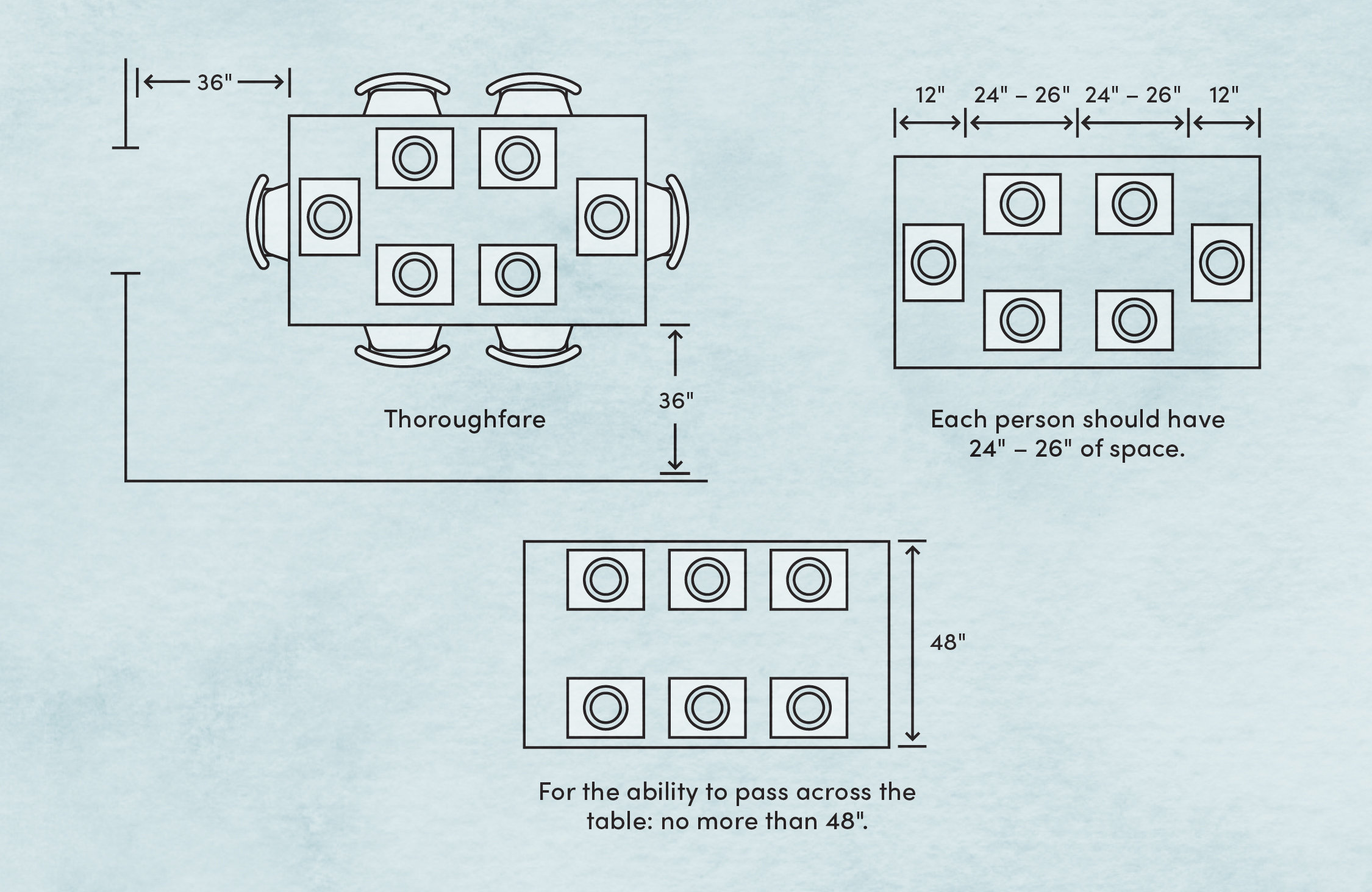

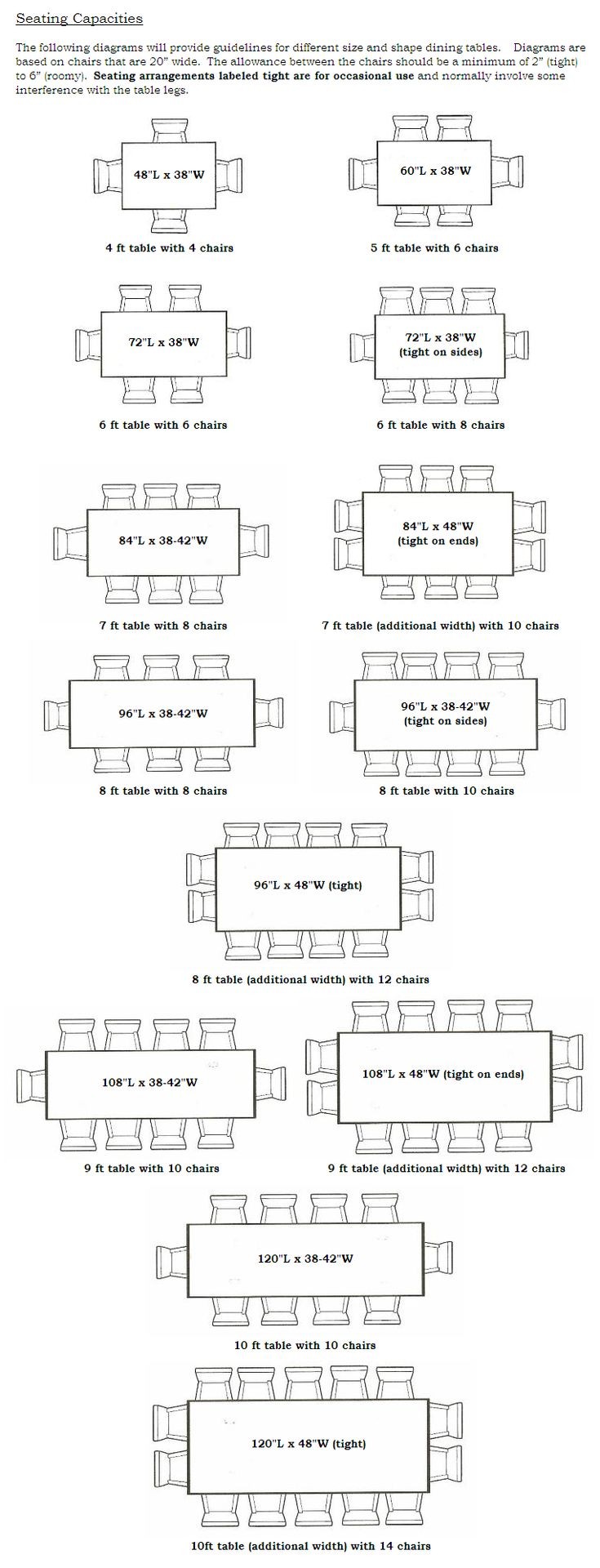

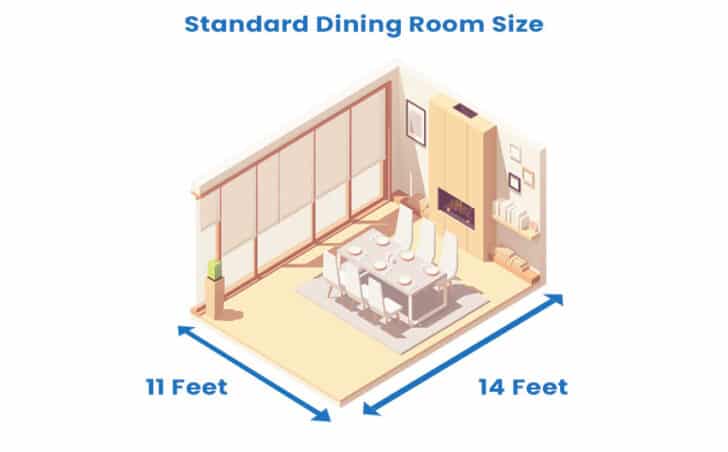






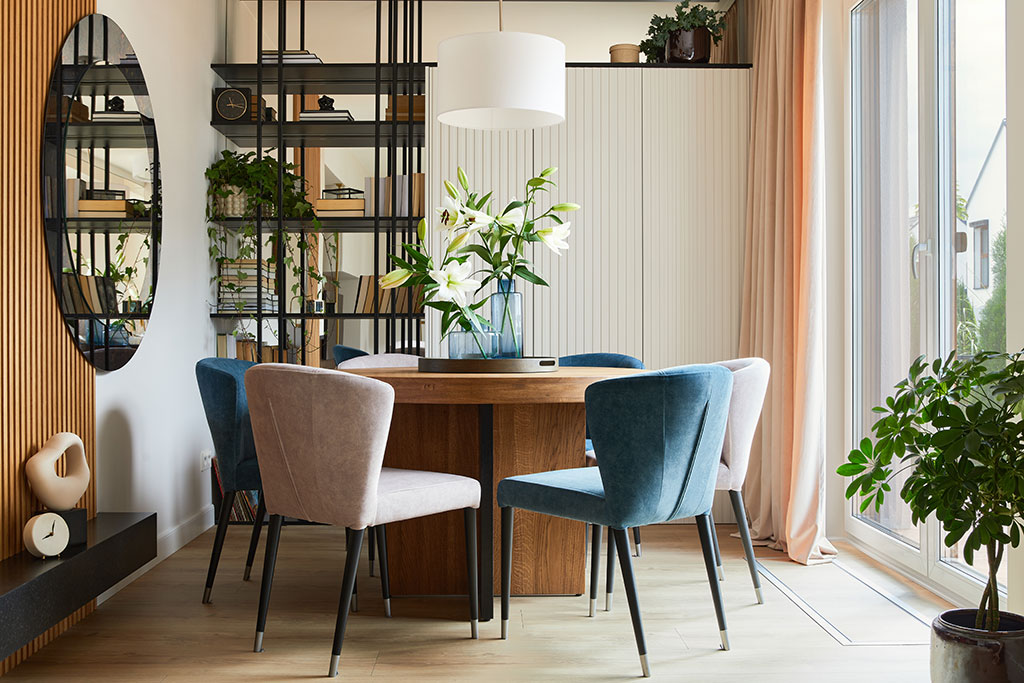










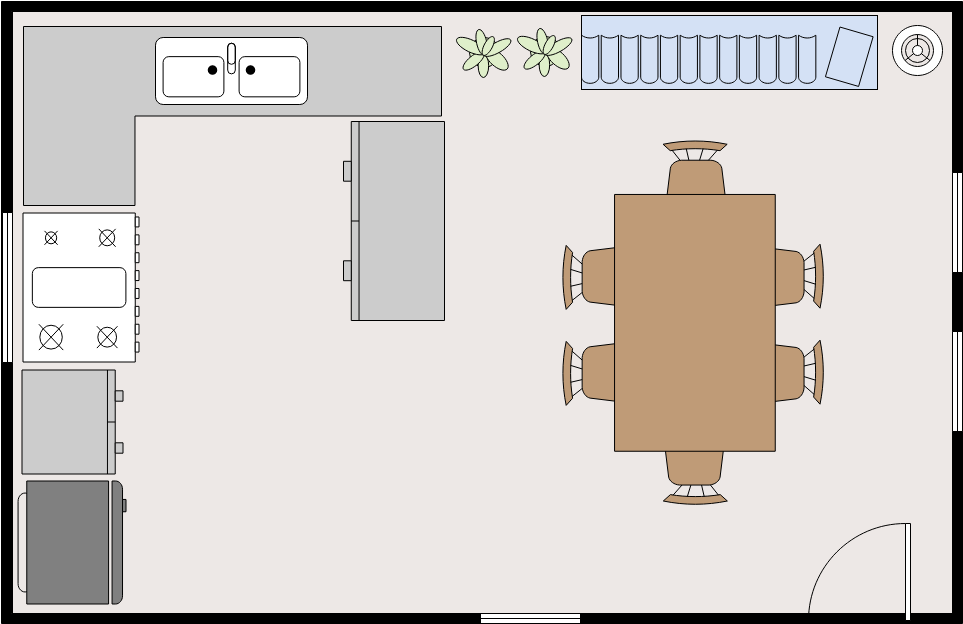











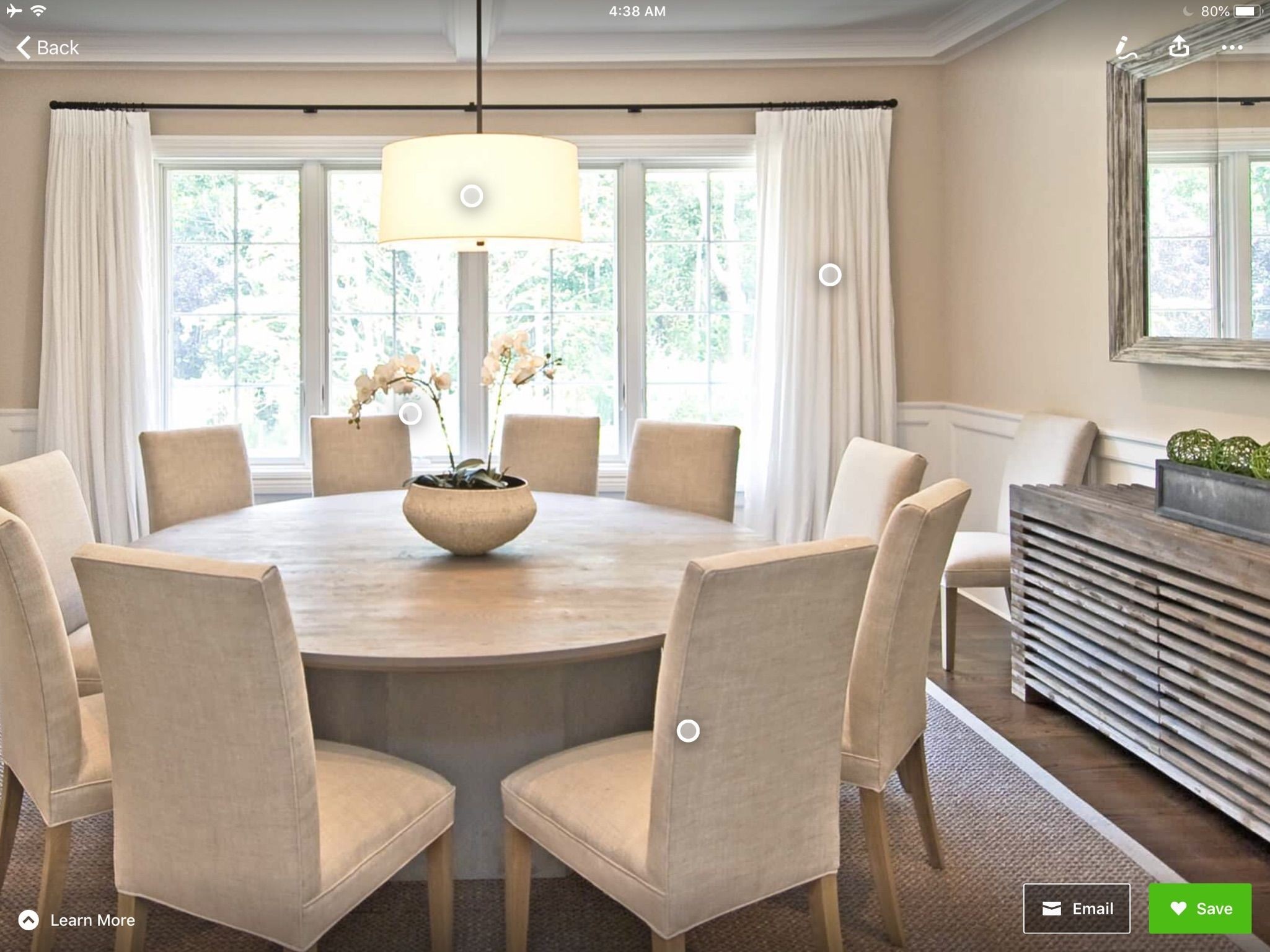
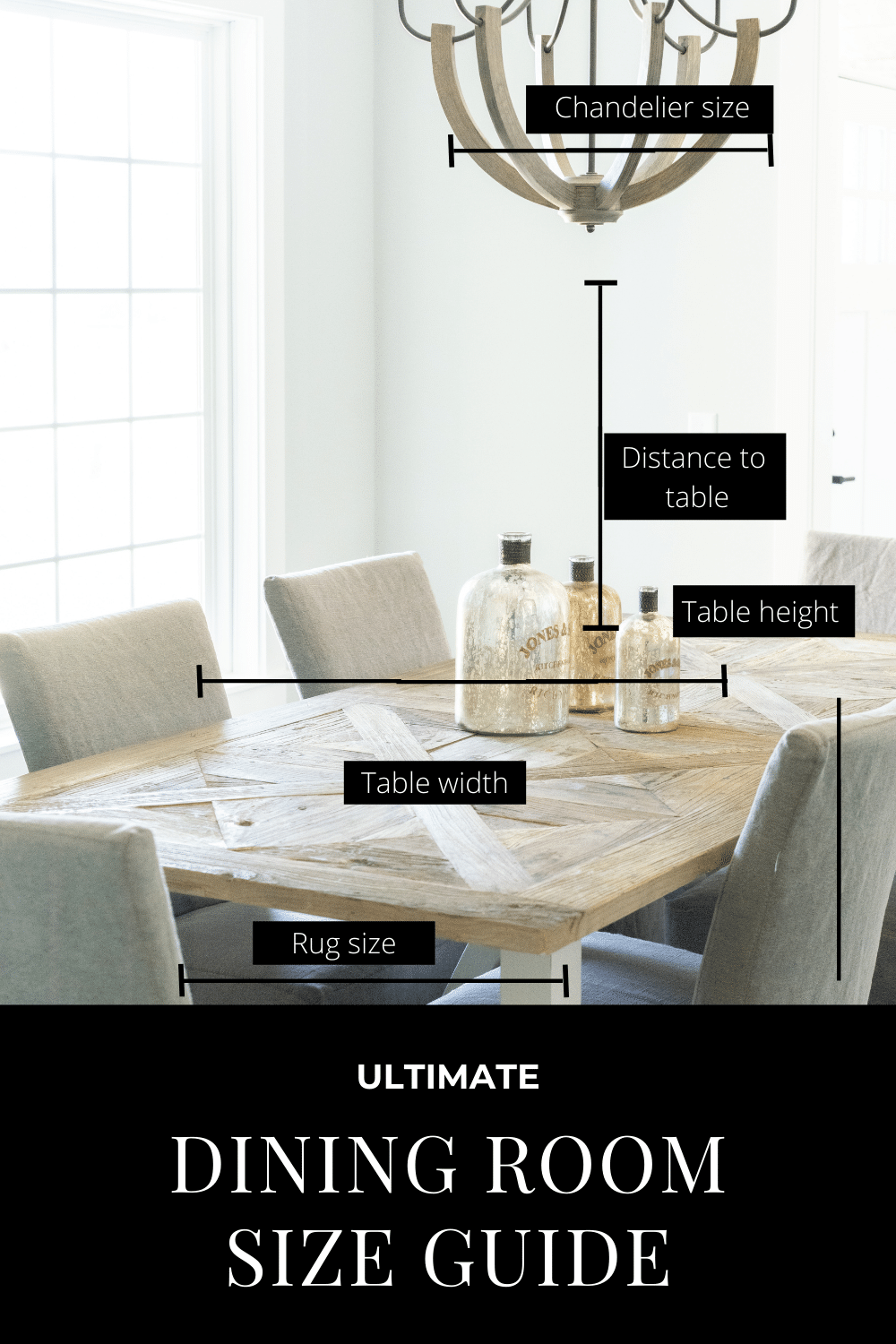





















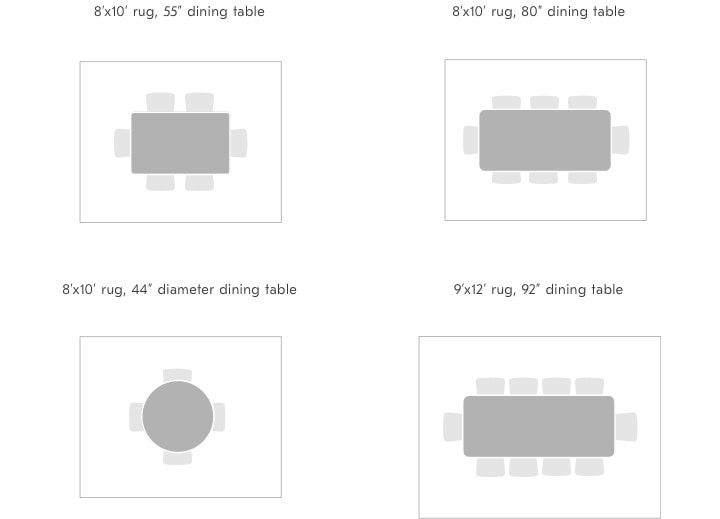
/choose-dining-room-rug-1391112-hero-4206622634654a6287cc0aff928c1fa1.jpg)









